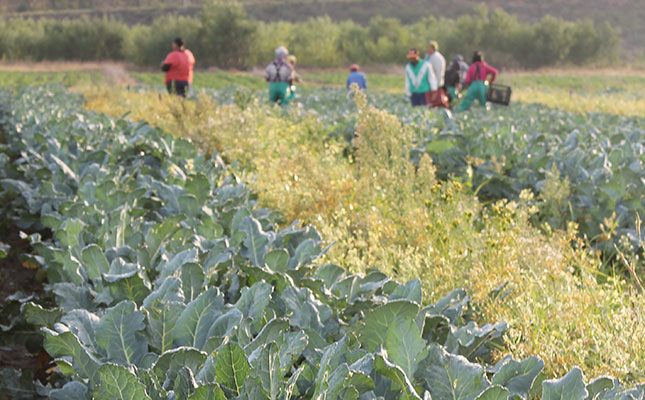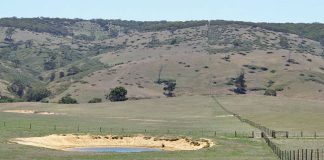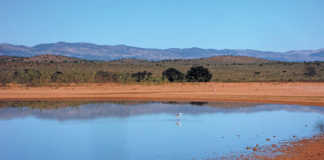
Small-scale, smallholder and subsistence farming can refer to anything from a person growing a few stalks of maize in a home garden, to someone producing a crop or running livestock on a small but very much commercial scale, for example, a farmer growing maize on around 10ha or running a livestock herd of 50 animals.
We cannot have the same discussion about the person with a small vegetable garden as the one we should be having about the small-scale commercial producer.
A recent tweet by Kees Blokland, managing director of Agriterra (an international organisation specialising in co-operative farmer development), linking to new research on the contribution of smallholder farming to global agricultural production, makes clear why it is so important to base our discussions about smallholder farming on facts.
Blokland said: “Massive rural unemployment [is being] disguised as ‘farmers’ for the sole reason that they dwell in rural areas and [subsist] by tilling a small plot in the hope of getting some food.”
Information released a few years ago by Statistics South Africa (Stats SA) show that there are about 2,8 million households involved in agriculture in South Africa, either through subsistence or small-scale commercial farming.
Stats SA’s Census of Commercial Agriculture published this year puts the total number of ‘commercial’ farmers in the country at just over 40 100, of whom 60% or 24 060 (defined as micro-farmers) earn an annual income of around R1 million or less.
The income earned by these farmers accounts for less than 5% of total farm income in the country. This census, as its title suggests, did not, however, consider those farmers who were producing only for subsistence purposes.
Blokland’s tweet provided a link to an article that disputes the “widely reported claim that smallholders produce 70% to 80% of the world’s food”.
This article, ‘How much of the world’s food do smallholders produce?’, published in the Global Food Security journal in 2018, said the notion of the prominence of smallholder producers in the global food supply chain “has been a linchpin of agricultural development policy despite limited empirical evidence”.
According to the authors, their research showed that farms under 2ha globally produced 28% to 31% of total crop production and 30% to 34% of food supply.
Throughout Africa, and especially now in South Africa with our massive 30% unemployment rate, it would be extremely damaging to the future development of rural areas to count those who plant crops for subsistence use, and who otherwise have no form of employment, but rely only on social grants, as being ‘employed’ in the farming sector.
This is because we then assume that development work that still needs to be done has already been done.
This also brings us to the crucial question: how do we spend the limited resources we have to support the development of smallholder farmers in such a way that it has the largest possible impact?











